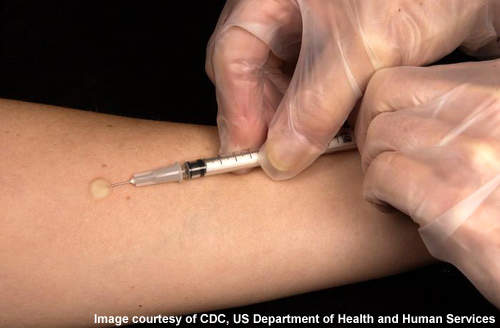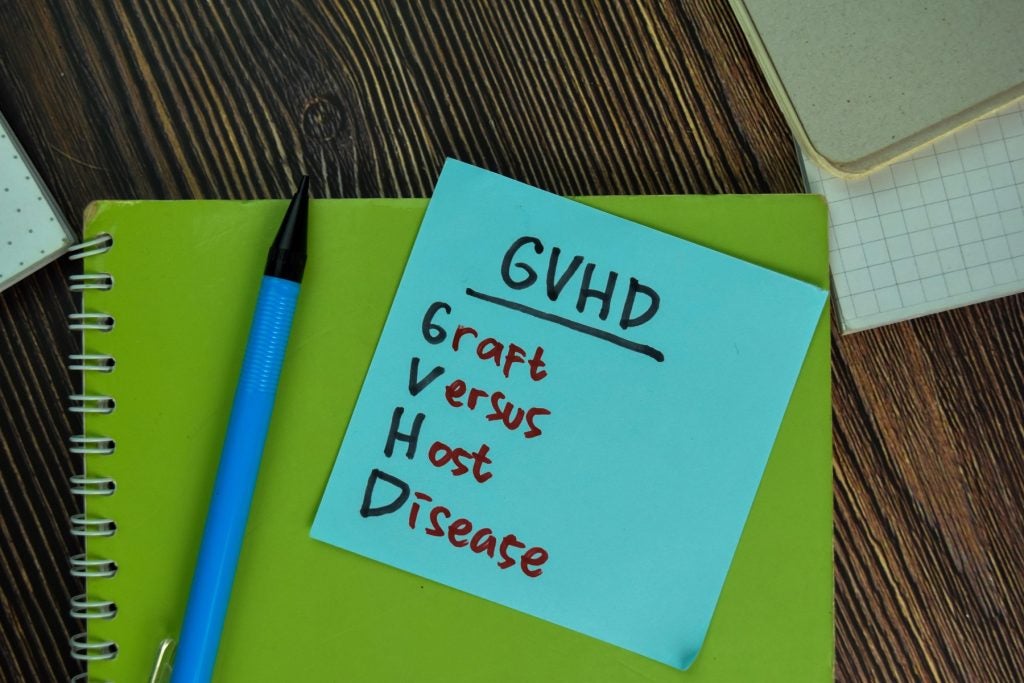
Drug resistance has been described as one of the most serious and urgent global public health problems, with its significance and prevalence growing by the year. Although the consequences of this are inevitably –and most profoundly – felt by the sick themselves, the knock-on effect reaches much further, impacting on families, friends and entire communities as new resistant strains become increasingly difficult and more costly to treat.
The emergence of multi-drug-resistant tuberculosis (MDR-TB) and its newer and even more recalcitrant progeny, extensively drug-resistant TB (XDR-TB), stand as one of the clearest examples of this.
Across the globe, TB is a leading cause of adult deaths by infectious agents – particularly among HIV and other immuno-compromised patients – with some estimates suggesting that the disease accounts for more than a quarter of all preventable adult mortality. According to World Health Organization (WHO) figures, 9 million cases of TB arise annually and in around 5% of these new cases, the particular strain of the mycobacterium tuberculosis pathogen involved is resistant to both of the two first-line drugs, Isoniazid and Rifampin. These cases constitute the official definition of MDR-TB.
Compounding these statistics were figures from a WHO report “Anti-Tuberculosis Drug Resistance in The World”, published in February 2008 and based on studies of 90,000 TB patients over four years, which also found XDR-TB in 45 of the 81 countries surveyed.
While the global per capita incidence of TB is very gradually falling, in many regions the proportion of drug-resistant forms in new cases is clearly rising. In Moldova, for example, it stands at nearly 20% and at around 15% in Donetsk (Ukraine), Tomsk Oblast (Russian Federation) and Tashkent (Uzbekistan). For other parts of the world – notably Africa, the most TB-prone continent on the planet – the widespread lack of equipment and suitably trained personnel means that the true extent of the problem remains unknown.
Rise of the superbug
How well do you really know your competitors?
Access the most comprehensive Company Profiles on the market, powered by GlobalData. Save hours of research. Gain competitive edge.

Thank you!
Your download email will arrive shortly
Not ready to buy yet? Download a free sample
We are confident about the unique quality of our Company Profiles. However, we want you to make the most beneficial decision for your business, so we offer a free sample that you can download by submitting the below form
By GlobalDataAntibiotic resistance is hardly unique to TB. The roll-call of commonly drug-resistant bacteria reads like a superbug’s “Who’s Who” and includes Staphylococcus aureus, Streptococcus sp, Enterococcus faecium, Pseudomonas aeruginosa, Clostridium difficile, Salmonella and E. coli, among others. In the US alone, around 2 million people contract bacterial infections in hospitals each year, some 70% of which exhibit resistance to at least one drug, according to the Infectious Disease Society of America. It is a picture which is largely replicated across the rest of the world.
The emergence of drug-resistance can be explained in simple Darwinian terms as the response by a pathogen to the evolutionary selective pressure that the drug itself exerts within the organism’s environment. This effect, however, can be modified or exacerbated by a range of external factors including the abuse, underuse or misuse of anti-microbials and the quality of the available therapeutic agents themselves.
The fact that drug resistance can be impacted by human influence has often provoked attempts to apportion some measure of culpability to various links in the supply/user chain. Patients who refuse to complete proper treatment regimes, pharmaceutical companies that show little interest in developing drugs for diseases that do not affect wealthy countries and doctors who prescribe antibiotics unnecessarily have all been blamed in the past.
The rights and wrongs of such assertions are ultimately irrelevant and simply serve to cloud the underlying need to get all sides talking and, more importantly, listening to each other. In addition, there is rarely a single route to resistance. As Drs Lambregts-van Weezenbeek and Veen of the Royal Netherlands Tuberculosis Association put it, “the necessity and quality of intervention should be assessed by country since the causes of drug resistance, and the appropriate intervention strategies, may vary considerably between countries.”
Early-stage discovery
Instigating suitable counter measures to address the issue of drug resistance calls for a mix of complementary factors coupled with balancing often competing perspectives. Inevitably, much of the primary focus lies on better patient education and improving the training and resources available to healthcare workers, but this can only truly work if it is undertaken in parallel with the development of new and more effective diagnostics, drugs and vaccines.
Innovation is widely held to be the key to meeting this demand in TB. Martina Casenghi of Médecins Sans Frontières has described early-stage drug discovery as “a key bottleneck in the pipeline to find novel drugs”. Nevertheless, there have been some promising developments and a range of human clinical trials are either underway or soon to begin. Bill and Melinda Gates Foundation senior TB programmer Dr Peter Small says he expects a rapid diagnostic test to be
available within three years, with an improved vaccine following in 2016 and an appropriate treatment for drug-resistant forms of TB to be ready about a year later.
However, there is a paradox implicit in any such pharmaceutical rollout. On the one hand, ensuring access to high-quality medication is essential and as the WHO has long identified, this necessitates adequate facilities and personnel to make it possible. On the other, restricting the unregulated availability of such drugs is paramount in the struggle against TB – and any other drug-resistant infection – if the cycle of resistance causation “by means of natural selection” is to be avoided anew for each novel treatment.
Strategic development
One avenue to achieve this lies in the development of Directly Observed Therapy (DOT) strategies such as the WHO’s own eponymous TB control programme. A considerable body of evidence from practitioners around the world shows that patients on self-administered treatments, especially protracted ones involving several drugs, often forget to take their medicine or may deliberately elect to take just one – particularly if the pharmaceuticals involved are relatively high-cost items.
The resulting mono-therapy regime has been implicated in the accelerated establishment of drug-resistance but it can be easily avoided with a suitably trained – but not necessarily medically qualified – helper on hand to ensure that the requisite number of tablets is taken.
In the end, however, the success of DOT comes down to there being adequate observers to monitor patient activity. Consultant biochemist Clare Miles says treating multiple drug-resistant infections is always going to be a headache. In other words, it’s a biological arms race that perhaps no party can win.
Miles says that preventing the rise of new resistances may be easier, but it may call for a shift in thinking, and a change in emphasis towards the wider adoption of slow-release delivery systems. “From a patient’s point of view,” she says, “treating TB seems horrendously long-winded – two or three medicines taken for six months or more. It is not surprising that so many stop once they begin to feel a bit better, and under those sorts of conditions, trying to keep them on track with their treatment can place a tremendous strain on local resources.”
More than 90 years on from their discovery, antibiotics have essentially become victims of their own success. The irony is that the more they are used to fight infection, the more resistant that infection becomes. Clearly the challenge now lies in finding new ways to break that cycle and given the magnitude and complexity of the problem globally, there are unlikely to be any “quick-fixes” appearing any time soon.







